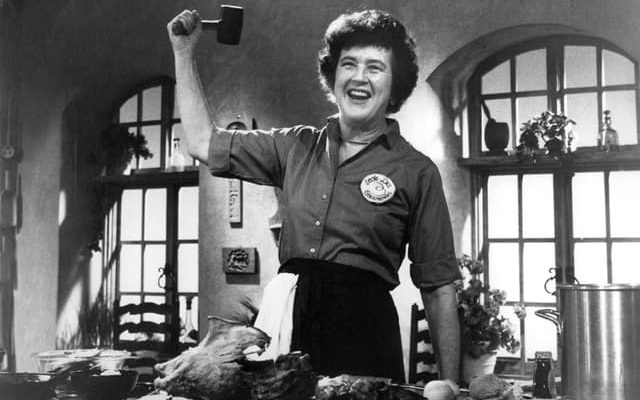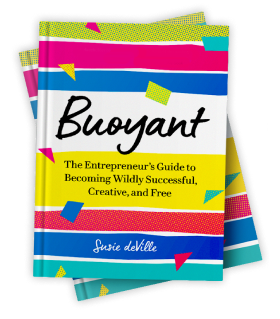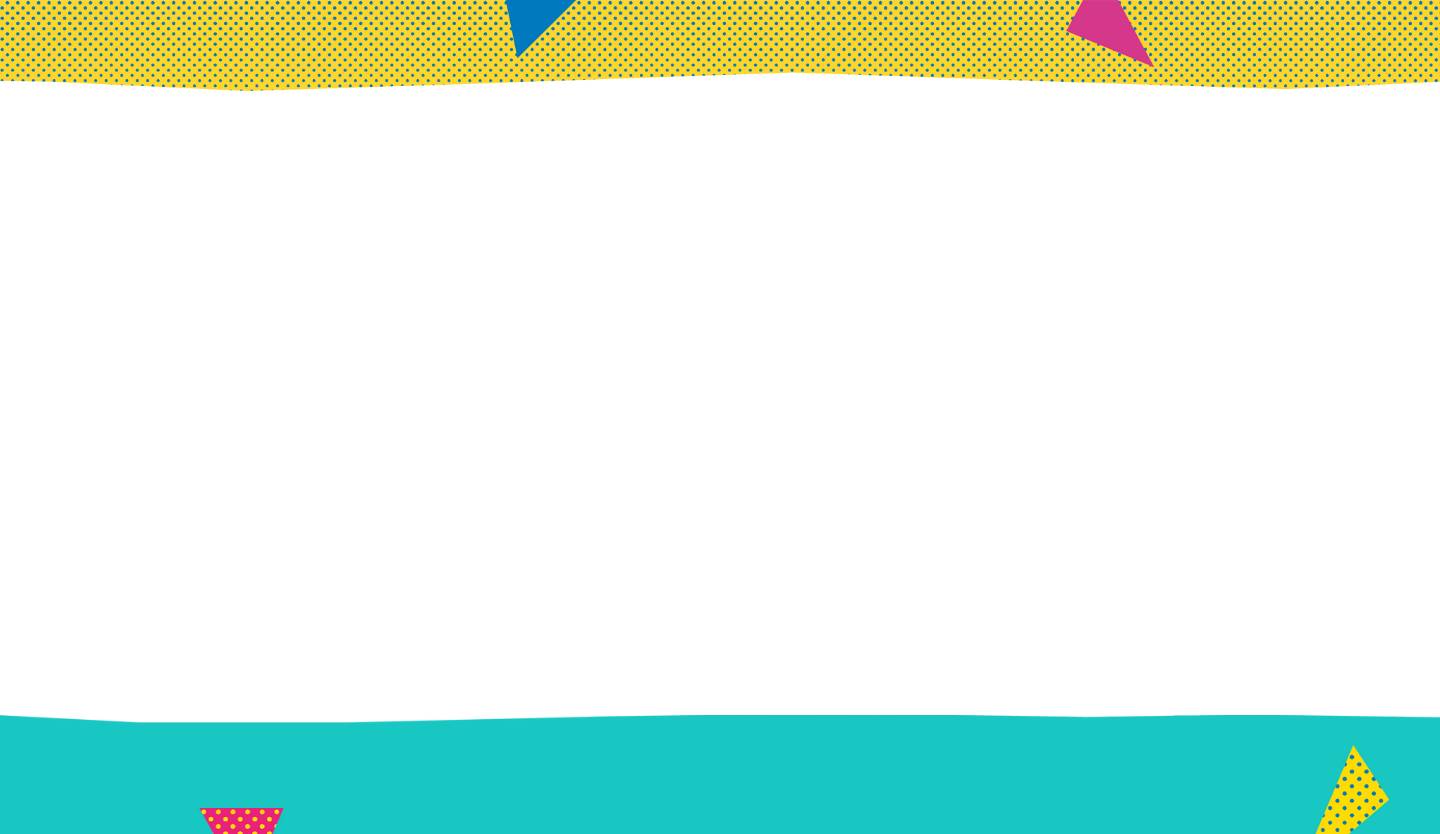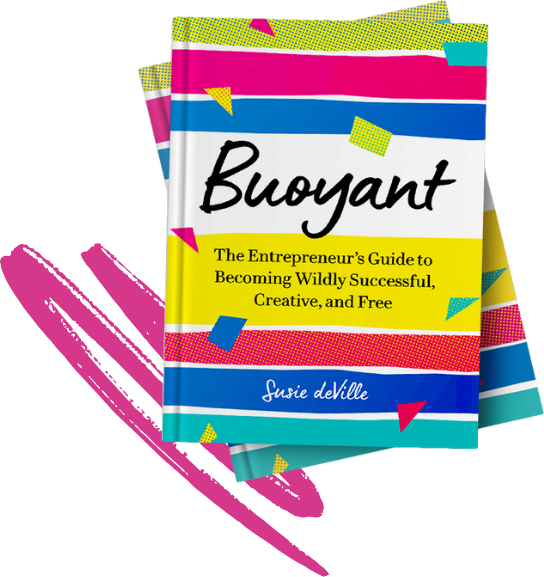If you’re looking for step-by-step tips on how to write a book, you won’t find that here. But you will find a glimpse into the unconventional approach I’ve taken, and how it relates to your experience with creating anything.
“The only real stumbling block is fear of failure. In cooking you’ve got to have a what-the-hell attitude.” ~Julia Child
I was looking forward to our call and to catching up. I settled into the sofa and closed my laptop to give her my full attention.
Hearing her voice was a tonic, and we leapt right into a deep conversation as if no time had passed since we had last spoken. We dug into what was going on in our families and businesses—and howled laughing together over the silly goings on in each sphere of our lives.
When we paused to catch our breath, she kindly checked in on my creative progress.
“How’s the book going?” she asked.
I was eager to respond as I had finally garnered confidence and critical mass; I was in a state of flow with my writing.
“I’m almost at the point where I can read through the entire 120,000-word manuscript in one sitting, determine all of the categories/areas of focus, figure out what to cut, figure out what is missing, create a detailed Table of Contents, write the gaps, and then assemble my first draft,” I said.
SILENCE.
After a moment or two, she said gently, “I couldn’t have written my book without my Table of Contents…I mean it was my guide every step of the way.”
Unconventional Tips on How to Write a Book
I could tell she was wondering how in the hell I was actually writing a book without a Table of Contents—an outline of any sort. I wasn’t following any of the conventional tips on how to write a book. Where was my direction coming from? How did I know where the book’s Big Idea—its arc—was starting/going? How could I write—seemingly into the void— without a map?
I realized in the moment that my unconventional approach must sound absolutely absurd.
“I understand,” I said. “I started out that way—with a Table of Contents—but it didn’t work. I needed to explore first. See what grabbed and moved me. See where the connections were. See what was missing from the discourse. Plus, starting with the Table of Contents didn’t really feel fun to me. It felt like a closed assignment versus an open loop of discovery.”
As I spoke, it occurred to me that without knowing, I had been following the same path with the writing of my book that I take to sourcing ingredients and to cooking.
“You know what it’s like?” I asked. “It’s the very same fun process of going to a farmer’s market, strolling through the stands, seeing what catches your eye, seeing what’s fresh, seeing what’s maybe only in season right now, listening to what the purveyors are recommending as special finds for the day, and enjoying the entire sumptuous experience of hunting and gathering.”
I went on.
“So, essentially, I am gathering up all kinds of beautiful produce, cheeses, bread, meats, herbs, and so on in my market bags, not knowing exactly what I’ll make with all of my treasures. I just know what I have in my bags is extraordinarily fresh, special, and uniquely delicious. When I get home to my kitchen, I’ll put everything on the counter and see what I am inspired to make, without a recipe. I jump in with abandon, cooking from the hip…as is taught at the Courageous Cooking School. Only in the case of my book, I am creating from the hip.”
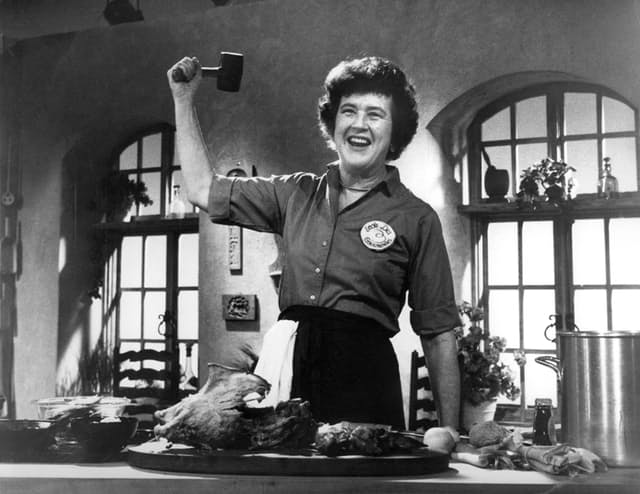
“I get it,” she said. “I totally get it. That does sound fun!”
Writing from the Hip
For every dream we hold close to our hearts, there are dozens of messages we receive from well-meaning colleagues, peers, family members, advisors, coaches, and the culture overall that urge us to take certain paths. Warning us that if we veer off a well known, “verified” process, we’ll surely hit obstacles and/or a dead end.
Flame out spectacularly.
That we need to jump through this hoop, obtain yet one more certification/degree, pick up just a tad more training here or there, and/or substantiate our vision to the nth degree if we are to have any scraps of hope for success.
And this is not to say that those things have no value—they do. But they are not the only way forward. Most especially when we use them to stall out, stay stuck, and believe we do not have what it takes.
Conventional tips on how to write a book might not move you forward.
You know that dream you’ve had your entire life? The one that takes you way back? Bring it front and center. Reintroduce and reacquaint yourself with it. Acknowledge where you let it gather dust.
Decide to believe your approach, no matter how unconventional, has value and may, in fact, be custom suited to how you are wired to take action.
Dump your ingredients out onto the countertop. Tie your apron. Get out your sauce pans, chef’s knife, cutting board, and light the burner. Reach for your best “what the hell” mojo and give it a go.
Cook from your hip. And your whole heart. Let us know when dinner is served, and we will all gather around your table to toast you and relish in your creation.

